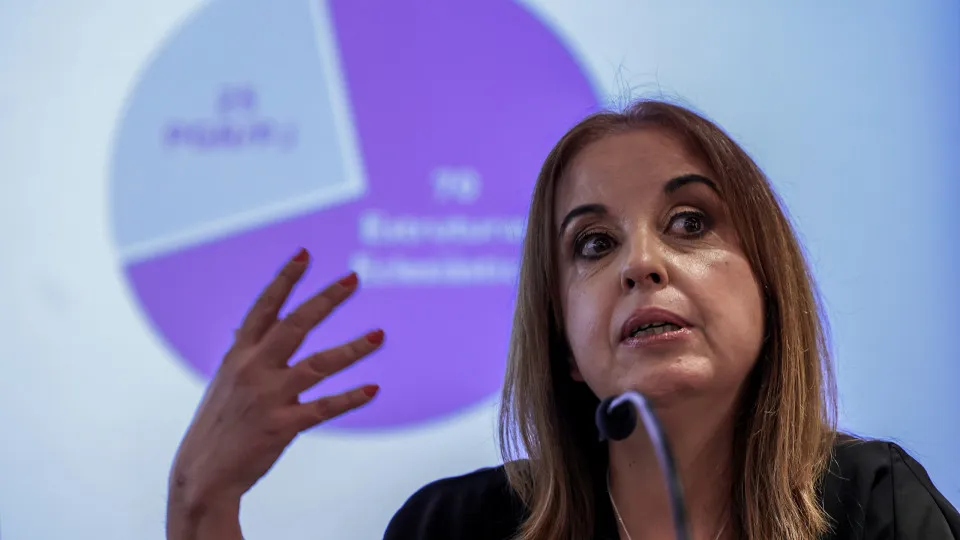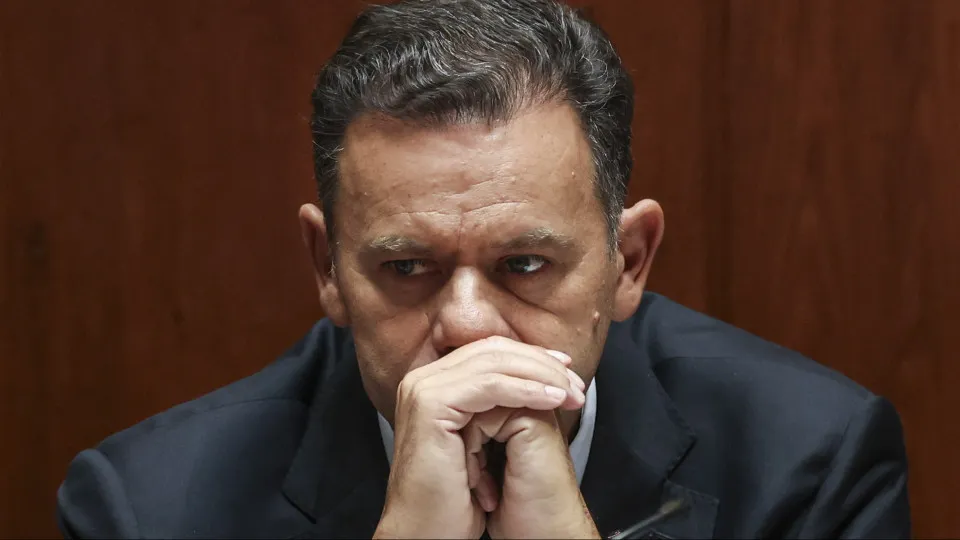
“So far, 83 requests for financial compensation have been received, and as planned, instruction commissions evaluated 68 individuals,” stated Vita group coordinator to Lusa.
This discrepancy is due to cases where individuals ceased responding, did not attend scheduled interviews, cases without sexual violence, or with suspects “outside the context of the Catholic Church,” explained Rute Agulhas.
“In the Church context, only seven individuals requiring financial compensation remain to be evaluated, with interviews scheduled for September,” noted the Vita group leader, suggesting the work is nearly complete.
“The Vita group committed to concluding most evaluations by the end of August to allow a second working group, the compensation-setting commission,” by the CEP, she added.
“Now that more individuals have been interviewed, feedback has been generally positive,” she emphasized.
The “overwhelming majority expressed feeling heard and validated, finding it an important moment, not one of re-victimization,” said Rute Agulhas.
Most individuals prefer compensation discussions to be assessed “case by case” rather than lumped together, and once the second working group is formed, completed evaluations will be sent.
This group, appointed by the CEP, will include two members from the concluding Vita team.
“I have a positive outlook, considering more people have approached us seeking possible financial compensation,” yet primarily “to be heard,” she noted.
“For most, the focus isn’t monetary, as people might assume,” but in “being heard by the Church.”
“Many state they won’t keep the money if received, opting to donate it to grandchildren, firefighters, or possibly child or youth support organizations,” Rute Agulhas explained.
The “motivation isn’t purely monetary; it’s a symbolic compensation, signaling the Church’s effort to adequately address the harm,” she added.
Most victims, “though losing faith in the organized Church, often maintain belief in God and Catholic faith, but in different ways,” noted Rute Agulhas, applauding the Church’s hierarchy for facilitating interviews and planning compensations.
Meanwhile, “many victims report abuse not only within the Church but also in family, school, and sports contexts, sharing these experiences during interviews,” said the group leader.
“They often reflect on being abused across various contexts and sense some relief only from the Church,” she highlighted.
The CEP and the Conference of Religious Institutes of Portugal (CIRP) unanimously approved financial compensations for sexual violence victims, both children and vulnerable adults, within the Catholic Church in Portugal, thereby complementing prevention efforts by groups like Vita and Diocesan Commissions, Religious Institutes, and Apostolic Life Societies.
Vita continues its work, enhancing partnerships and communication channels, contributing to a knowledge base and best practices that foster a safer Church environment, it stated in a news release.
The group has conducted “training and capacity-building actions for various Church structures,” reaching over 3,800 individuals.
Two primary prevention programs addressing sexual violence are completing and will be publicly presented on September 30 in Lisbon: 1) “Programa Girassol” for children aged 6 to 9, and 2) “Lighthouse Game,” a digital game for children aged 10 to 14, the group stated.
The Catholic Church is organizing the congress “From Reflection to Action: The Role of the Catholic Church in Preventing and Responding to Sexual Violence,” scheduled in Fatima on November 27.
“This congress aims to reflect on the progress made, solidify preventive and response practices, and plan future strategies against sexual crimes within the Church,” states the organization.




